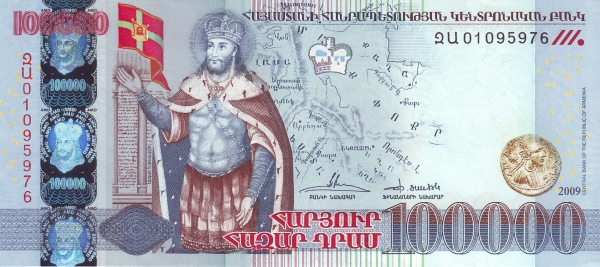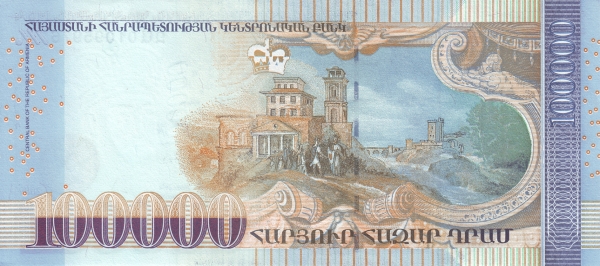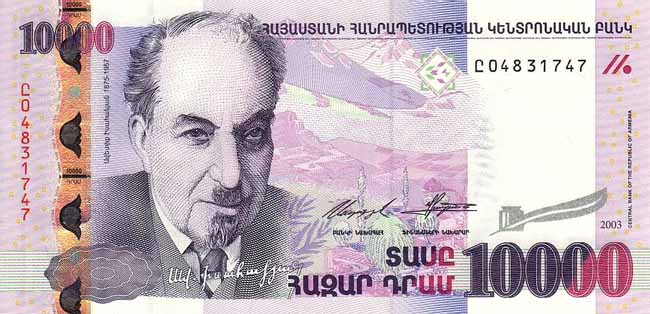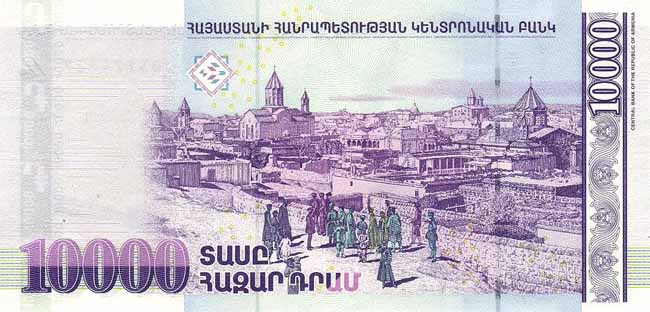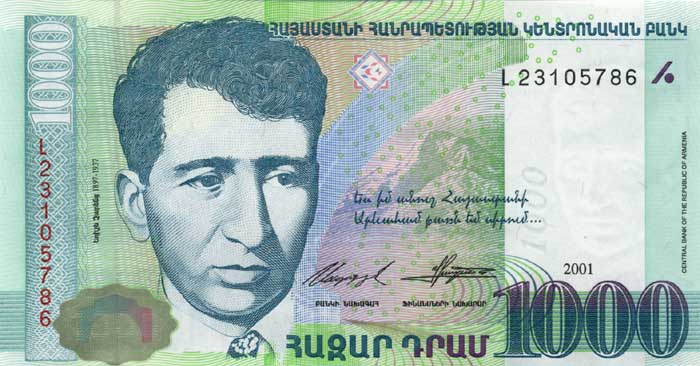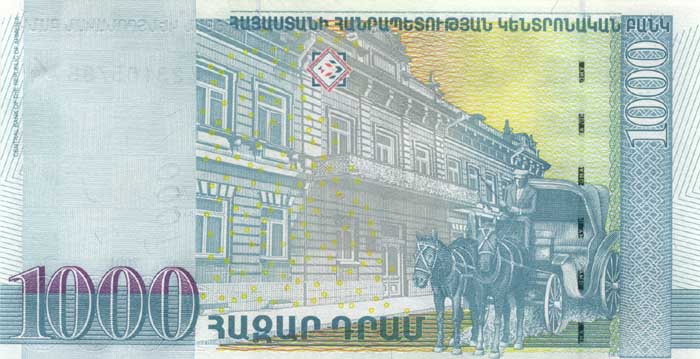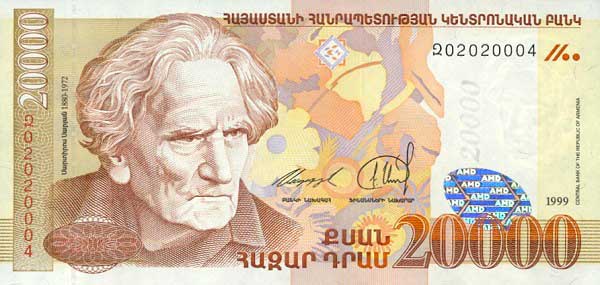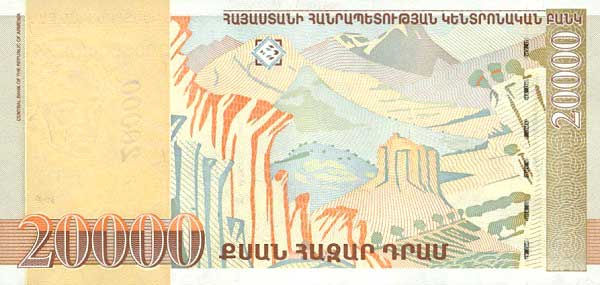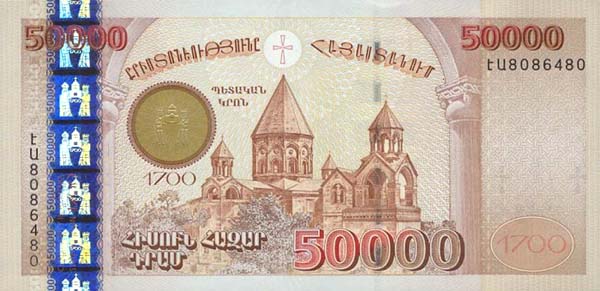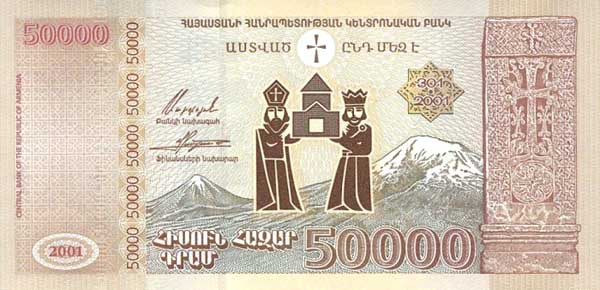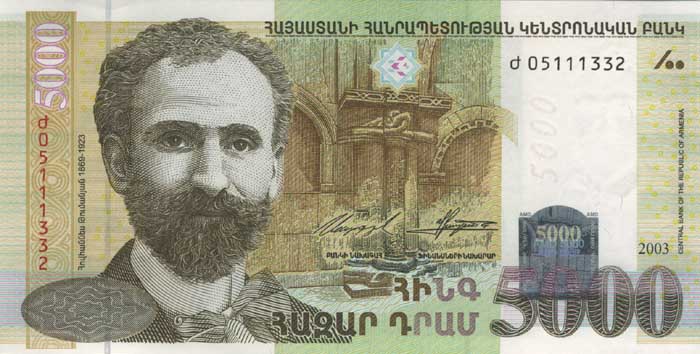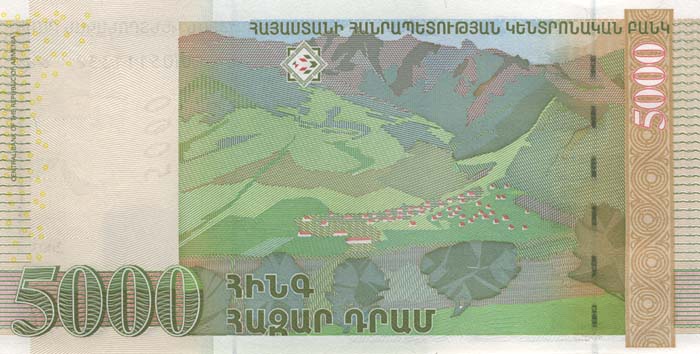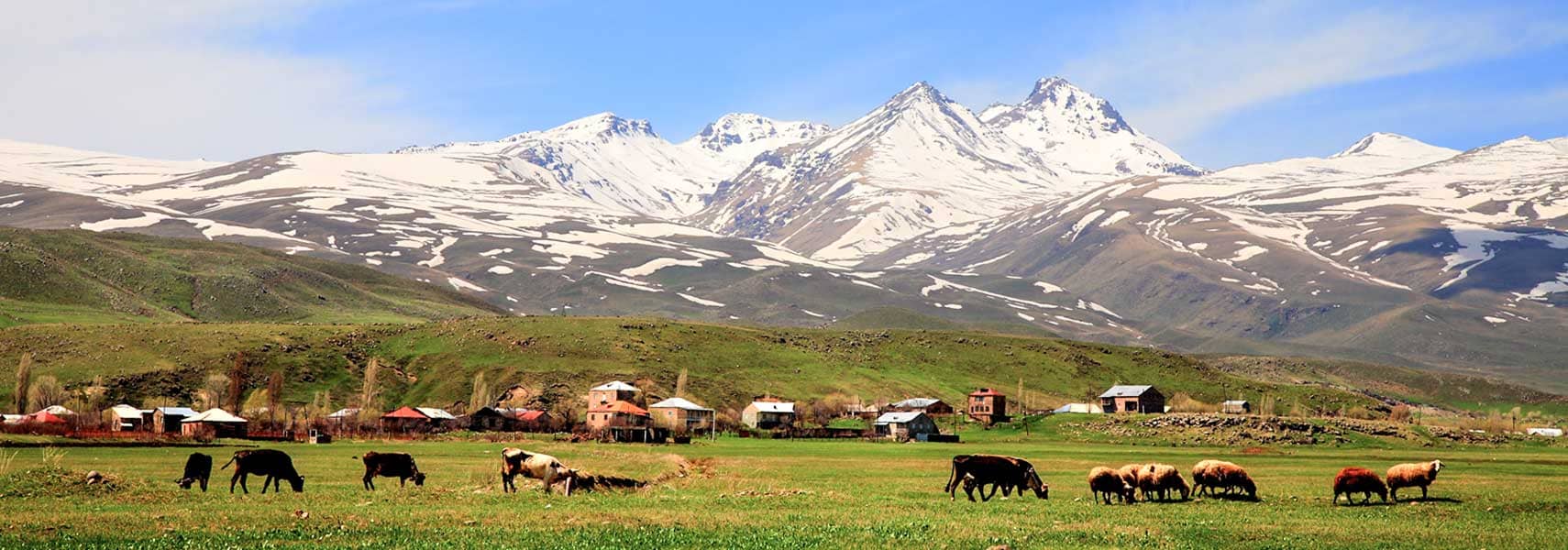Discover Armenia: A Gem at the Crossroads of Civilizations
When considering travel destinations, Armenia stands out with its unique blend of rich history, vibrant culture, and stunning landscapes. This landlocked country sits gracefully at the crossroads of Europe and Asia, nestled in the southern Caucasus region. Bordered by Turkey to the west, Azerbaijan to the east, Georgia to the north, and Iran to the south, Armenia offers a truly distinctive experience for all who visit. Despite its modest area of 29,743 km²—slightly smaller than Belgium or Maryland—the country's allure captures the imagination of many.
Geographical Wonders of Armenia
Armenia boasts majestic mountains and ancient volcanic landscapes, providing a picturesque background to any adventure. The diverse geography includes the breathtaking heights of the Caucasus Mountains, with Mount Ararat serving as a national symbol. Although located in Turkey, this iconic mountain is visible from large parts of Armenia, fostering a sense of pride among the Armenian people. Furthermore, the country is blessed with beautiful lakes, including the expansive Lake Sevan, renowned for its crystal-clear waters and stunning vistas.
Population and Capital City
With a population of approximately 3 million, the charm of Armenia is amplified by its warm and welcoming people. Yerevan, the capital and largest city, serves as the cultural and administrative heart of the nation. This vibrant city is steeped in history, with numerous museums, galleries, and theaters that showcase Armenia's rich artistic traditions. As you explore Yerevan, you will likely discover quaint cafes serving delicious local dishes, immersing yourself in the culinary delights of Armenia.
The Historic Background of Armenia
Armenia's history is rich and complex, reflecting its strategic location along the Great Silk Road. Once a formidable regional empire, Armenia held sway over vast territories extending between the Black and Caspian Seas. In an impressive historical feat, Armenia became the world’s first nation to officially adopt Christianity as its state religion in 301 CE, twelve years ahead of Rome. However, as empires rose and fell, Armenia faced various occupations, leading to notable cultural shifts over the centuries. The dynamic history comprises influences from Parthian, Roman, Arab, Mongol, and Persian dominions, which ultimately shaped the modern cultural landscape.
The Armenian Renaissance and Modern Era
Despite the challenges of foreign dominations, Armenia has persevered through trials and tribulations. Following years of political upheaval, Armenia emerged as an independent nation after the dissolution of the Soviet Union in 1991. This new chapter allowed Armenia to rekindle its historic identity and cultural pride. Armenians can now showcase their artistic expressions, culinary traditions, and folklore, further enriching the country’s landscape.
Cultural Heritage and Traditions
Armenia's cultural heritage reflects millennia of traditions, language, and art. UNESCO recognizes several sites across the country, including ancient churches and monasteries reflective of Armenia's Christian legacy. The spiritual significance of these sites draws both tourists and pilgrims alike. Traditional Armenian music, with its unique instruments and sounds, captures the spirit of the nation, while dance performances enchant visitors and locals with their captivating storytelling.
Culinary Delights
Food is an essential part of Armenian culture. Traditional dishes such as khorovats (grilled meats) and dolma (stuffed grape leaves) embody the essence of Armenian hospitality. Local wines, celebrated for their distinctive flavors, flourish in the diverse climate of the region. A visit to Armenia would be incomplete without indulging in these delicious culinary experiences that leave lasting impressions.
Natural Attractions: A Gateway to Adventure
Adventure awaits in Armenia's diverse natural landscapes. From the serene waters of Lake Sevan, perfect for water sports and relaxation, to the lush forests of Dilijan that offer hiking and exploration opportunities, visitors will find a glimpse of paradise. Hot springs in Jermuk and Arzni provide rejuvenating experiences, inviting travelers to unwind in nature's embrace. Furthermore, the rugged cliffs and caves in the southeast present thrilling challenges for avid climbers and explorers alike.
Tourism in Armenia: A Growing Industry
As global travel trends evolve, Armenia positions itself as an emerging tourist destination. The country's rich historical landmarks, combined with the hospitality of its people, leave an indelible mark on every visitor. Increasingly, tourism plays a vital role in the nation's economy, showcasing Armenia to the broader world. Various festivals and events celebrate local traditions, drawing international attention and participation.
Conclusion: A Journey to Remember
In essence, Armenia encapsulates the magic of a land that intertwines ancient stories with modern aspirations. Whether you seek adventure, historical exploration, or a rich cultural experience, Armenia offers all this and more. As you plan your travels, consider immersing yourself in the wonders of this country, where every corner reveals a new story waiting to be discovered. The quest for unforgettable experiences awaits in Armenia, where history, culture, and nature unite to create an extraordinary journey.
Largest cities of: Armenia
| City Name | Population | Year of foundation | |
| Yerevan | 1,075,800 | 782 B | |
| Gyumri | 120,000 | 1780 | |
| Vanadzor | 85,000 | 1850 | |
| Hrazdan | 42,000 | 1850 | |
| Abovyan | 40,000 | 1966 | |
| Vagharshapat | 37,000 | 301 | |
| Artik | 20,000 | 301 | |
| Charentsavan | 20,000 | 1967 |
Armenia: Money
